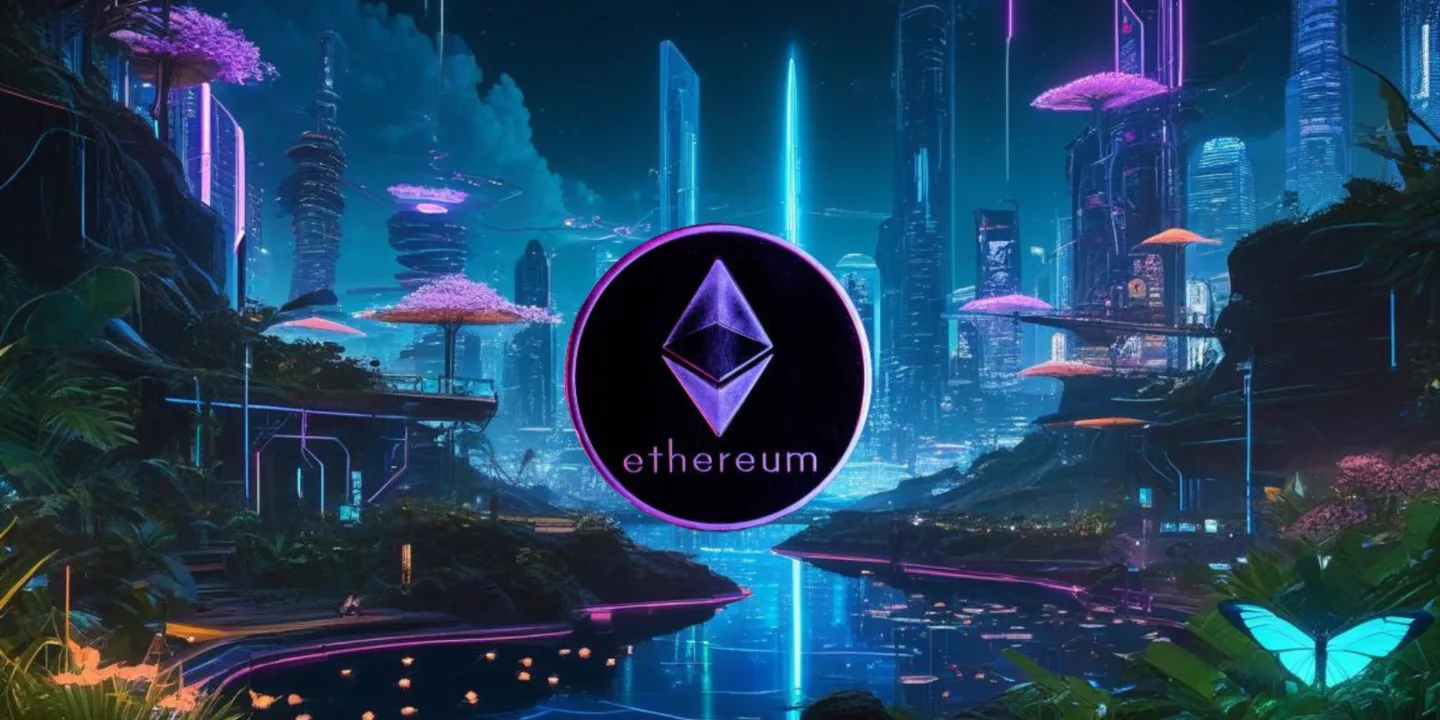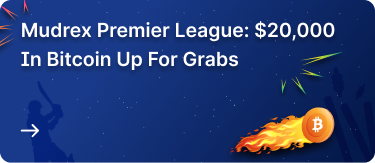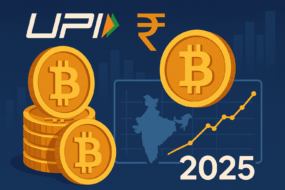
Understanding the Scale of the Ethereum Ecosystem
One of the biggest and most extensive networks in the cryptocurrency world is the Ethereum ecosystem. Ethereum forms the foundation for innumerable decentralized apps (dApps), decentralized finance (DeFi) protocols, and non-fungible tokens (NFTs). For investors, traders, and crypto enthusiasts, understanding the scale of the Ethereum ecosystem is crucial for navigating and capitalizing on this dynamic market.
The Scale of the Ethereum Ecosystem
Ethereum’s ecosystem is colossal, with projects built on the network spanning across several web3 niches. As of mid-2024, Ethereum’s market cap is approximately $220 billion, solidifying its position as the second-largest cryptocurrency. The ecosystem boasts over 3,000 decentralized applications, making it the most popular platform for dApps. Its network effects are unparalleled, with millions of active users and various sectors ranging from finance to gaming.
Ethereum Ecosystem Overview
The Ethereum ecosystem’s size and scope make it a critical component of the broader crypto landscape. From decentralized finance to enterprise solutions, Ethereum is a driving force behind the adoption and innovation of blockchain technology.
| Category | Details |
| Market Capitalization | $737.76 billion (as of August 2024) |
| Number of dApps | Over 3,000 |
| Major Sectors | DeFi, NFTs, Enterprise Solutions |
| Active Users | Over 14 million (as of July 2024) |
| Network Growth | Continuous expansion with Layer 2 solutions |
Key Coins in the Ethereum Ecosystem
The key coins in the Ethereum ecosystem are:
Ether (ETH)
Ether (ETH) is the native cryptocurrency of the Ethereum network and the second-largest cryptocurrency by market cap. It fuels the Ethereum blockchain, facilitating transactions, deploying smart contracts, and securing the network. As Ethereum’s foundational asset, ETH plays a central role in all activities within the ecosystem, from decentralized finance to NFTs.
Stablecoins: USDT, USDC, DAI
Stablecoins are vital to the Ethereum ecosystem because they provide stability in an uncertain economy. Tether (USDT), USD Coin (USDC), and DAI are the three most well-known stablecoins on Ethereum. Because their value is based on the US dollar, traders can use them as a haven and a dependable medium of exchange when the market is volatile.
DeFi Tokens: MakerDAO (MKR), Aave (AAVE), and Uniswap (UNI)
Decentralized finance (DeFi) is one of Ethereum’s most significant sectors, and its success is driven by several key tokens. The primary decentralized exchange (DEX) on Ethereum, the Uniswap protocol, uses Uniswap (UNI) as its governance token. Aave (AAVE) is a leading DeFi lending protocol that allows users to borrow and lend assets without intermediaries. MakerDAO (MKR) is the governance token for the Maker Protocol, which powers the DAI stablecoin and plays a pivotal role in decentralized lending.
NFT and Gaming Tokens: Decentraland (MANA), Axie Infinity (AXS), The Sandbox (SAND)
Ethereum’s influence extends to the world of NFTs and blockchain gaming. Decentraland (MANA) is the native token of a virtual reality platform built on Ethereum, allowing users to create, explore, and trade in a decentralized virtual world. Axie Infinity (AXS) is the governance token for the popular blockchain game Axie Infinity, where players can earn and trade digital pets called Axies. Another Ethereum-based cryptocurrency that powers a virtual world where users can create, control, and profit from their gaming experiences is called Sandbox (SAND).
Memecoins: Shiba Inu (SHIB), Floki (FLOKI)
Memecoins have become a distinctive and significant subset of the Ethereum network. Shiba Inu (SHIB) is one of the most well-known meme coins, often dubbed the “Dogecoin killer.” It gained massive popularity due to its vibrant community and significant presence on social media. Floki (FLOKI) is another meme coin that has attracted attention, leveraging its meme appeal and community-driven initiatives. These coins, though often considered speculative, have become integral to the Ethereum network, driving engagement and adoption among a broader audience.
Other Significant Tokens
Beyond these major tokens, the Ethereum ecosystem includes numerous other significant assets such as Chainlink (LINK), a decentralized oracle network, and Wrapped Bitcoin (WBTC), which brings Bitcoin’s liquidity to Ethereum’s DeFi space.
Categories and Sectors within the Ethereum Ecosystem
The most significant categories and sectors within the Ethereum ecosystem are:
Decentralized Finance (DeFi)
DeFi is perhaps the most transformative sector within the Ethereum ecosystem. It leverages Ethereum’s smart contract capabilities to create financial products and services without the need for traditional banks. Key DeFi projects like Uniswap, Aave, and MakerDAO offer decentralized exchanges, lending, and stablecoin issuance, reshaping the global financial landscape.
NFTs and Gaming
Ethereum has become synonymous with NFTs, digital assets that represent ownership of unique items on the blockchain. Platforms like OpenSea, built on Ethereum, dominate the NFT market, allowing users to trade everything from digital art to virtual real estate. In gaming, Ethereum powers popular games like Axie Infinity and The Sandbox, where players can earn real-world value through in-game assets.
Memecoins
The rise of Memecoins within the Ethereum ecosystem has introduced a new wave of investors and enthusiasts. While often dismissed as speculative, Memecoins like Shiba Inu and Floki have cultivated large, dedicated communities. These tokens capitalize on viral marketing, community-driven development, and a sense of humor, making them a unique, if unpredictable, part of the Ethereum landscape. They serve as an entry point for many into the crypto space, adding diversity to the ecosystem.
Enterprise Solutions
Ethereum’s flexibility and robustness have made it a go-to choice for enterprises looking to integrate blockchain technology into their operations. Ethereum is used by businesses for many different things, including supply chain management and the smart contract execution of intricate business agreements. Enterprise Ethereum Alliance (EEA) is a collective of companies dedicated to leveraging Ethereum’s blockchain for business solutions, with members ranging from startups to Fortune 500 companies.
Growth and Future Prospects
The Ethereum ecosystem is poised for continued growth, driven by ongoing developments and upgrades. Ethereum 2.0, the long-awaited upgrade, aims to transition Ethereum from a proof-of-work to a proof-of-stake consensus mechanism, improving scalability, security, and sustainability. Additionally, Layer 2 solutions like Optimism and Arbitrum are helping to reduce transaction costs and increase throughput, further enhancing Ethereum’s appeal. But there are still issues like scalability and rival blockchains like Cardano and Solana.
Conclusion
The Ethereum ecosystem is vast and dynamic, offering a wealth of opportunities for investors, traders, and developers alike. From its dominant position in DeFi and NFTs to its growing role in enterprise solutions, Ethereum continues to shape the future of blockchain technology. Now is the perfect time to explore the Ethereum ecosystem, whether by buying Ether, participating in DeFi, or staking your assets.
You may safely manage and trade your cryptocurrency with the aid of Mudrex’s platform. They use blockchain data to make smarter financial judgments and help you with investing selections. To learn more about different trading strategies and boost your earnings, download the Mudrex app from Google Play right now.
FAQs
What is the Ethereum ecosystem?
The Ethereum ecosystem encompasses all projects, applications, and tokens built on the Ethereum blockchain, including sectors like DeFi, NFTs, and enterprise solutions.
How does Ethereum 2.0 impact the ecosystem?
Ethereum 2.0 introduces proof-of-stake, which enhances the network’s scalability, security, and sustainability, making it more efficient and attractive for developers and users.
What are the key coins in the Ethereum ecosystem?
Key coins include Ether (ETH), stablecoins like USDT and USDC, DeFi tokens such as Uniswap (UNI), and NFT tokens like Decentraland (MANA).
Why is Ethereum important for DeFi and NFTs?
Ethereum’s smart contract capabilities enable the creation and operation of decentralized finance applications and non-fungible tokens, making it the backbone of these innovative sectors.





